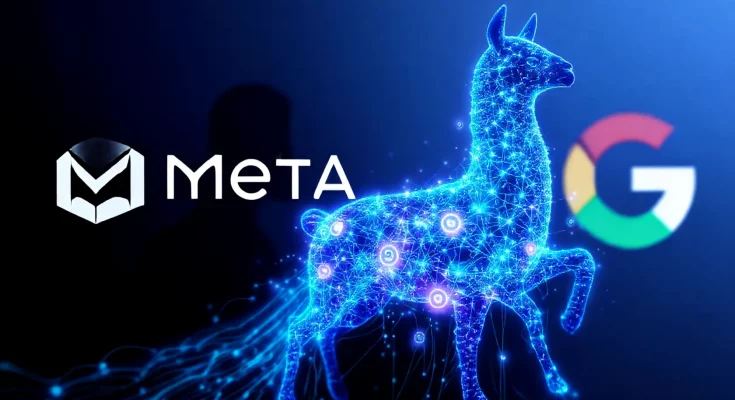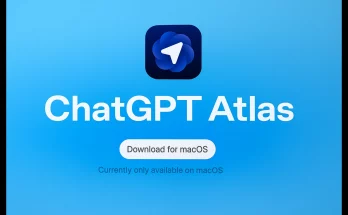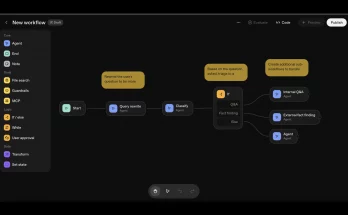In a bold move to reshape the artificial intelligence landscape, Meta has released its latest Llama 4 AI models, positioning itself to directly challenge industry leaders like OpenAI and Google. These models are designed to enhance the capabilities of the Meta AI assistant on numerous platforms, including WhatsApp, Messenger, and Instagram.
Introduction of Llama 4 Models
The Llama 4 suite includes two standout models:
- Llama 4 Scout: A compact model that can operate on a single Nvidia H100 GPU and possesses a generous 10-million-token context window.
- Llama 4 Maverick: A more advanced model akin to GPT-4o and Gemini 2.0 Flash.
Currently, Meta is also working on a third model, Llama 4 Behemoth, which is touted as potentially the “highest performing base model in the world” according to CEO Mark Zuckerberg.
Performance Claims and Benchmarks
Meta asserts that Llama 4 Scout outperforms Google’s Gemini 3 and Gemini 2.0 Flash-Lite, as well as the open-source Mistral 3.1, across a broad range of standardized benchmarks. This performance is particularly impressive considering it operates on minimal computational resources.
Similar claims are made for the Llama 4 Maverick, which reportedly competes effectively against OpenAI’s GPT-4o and Google’s Gemini 2.0 Flash. Notably, it also shows capabilities akin to DeepSeek-V3 in coding and reasoning tasks while utilizing less than half the active parameters of other leading models.
Looking at Llama 4 Behemoth
Projected to have an astonishing 288 billion active parameters with a total of 2 trillion parameters, Llama 4 Behemoth promises to surpass other competitors, including GPT-4.5 and Claude Sonnet 3.7 in various STEM-related benchmarks.
Innovative Architecture
One of the standout features of the Llama 4 models is their use of a mixture of experts (MoE) architecture. This approach conserves computational resources by enabling the model to only activate necessary parts aligned with the task at hand, leading to improved efficacy and efficiency.
Open Source Claims and Restrictions
Meta has branded the Llama 4 collection as open-source, however, the term has been met with scrutiny due to restrictive licenses. For example, businesses with over 700 million monthly active users must seek permission from Meta before utilizing these models—prompting the Open Source Initiative to question whether these models truly qualify as open-source technology.
Future Directions: LlamaCon Conference
Meta is set to further discuss its AI ambitions and upcoming products at the LlamaCon conference, taking place on April 29th. This event is likely to provide key insights into Meta’s strategic vision for advancing its AI technologies.
The introduction of the Llama 4 models signifies Meta’s commitment to pushing the boundaries of artificial intelligence. With a claim to superior performance, innovative architecture, and a discussion on AI ethics, the Llama 4 collection could lead to significant advancements in the AI field and firmly position Meta as a formidable competitor within this rapidly evolving market.



